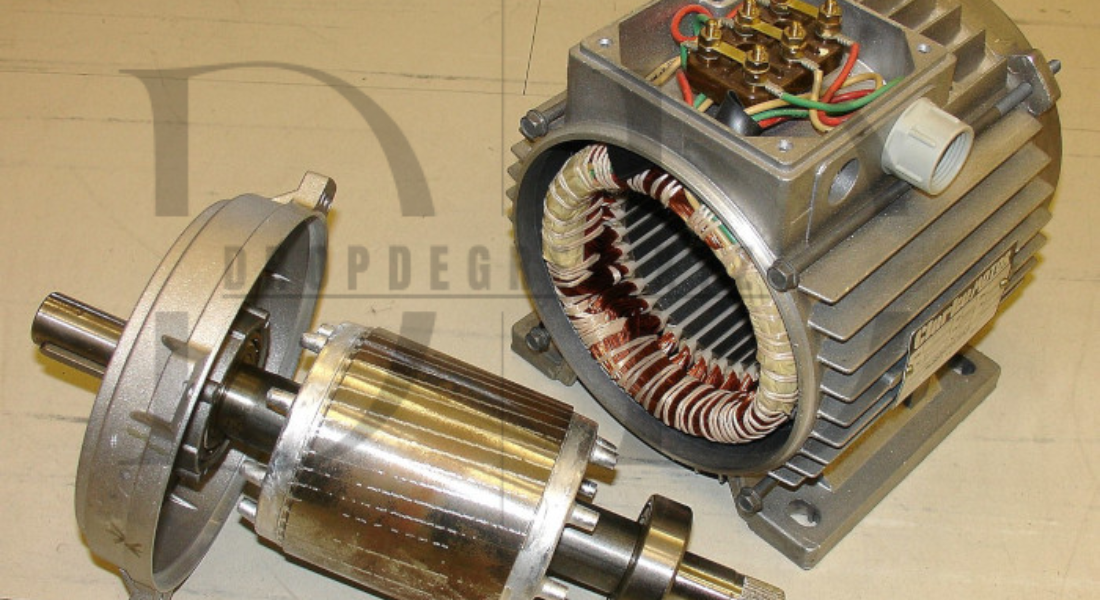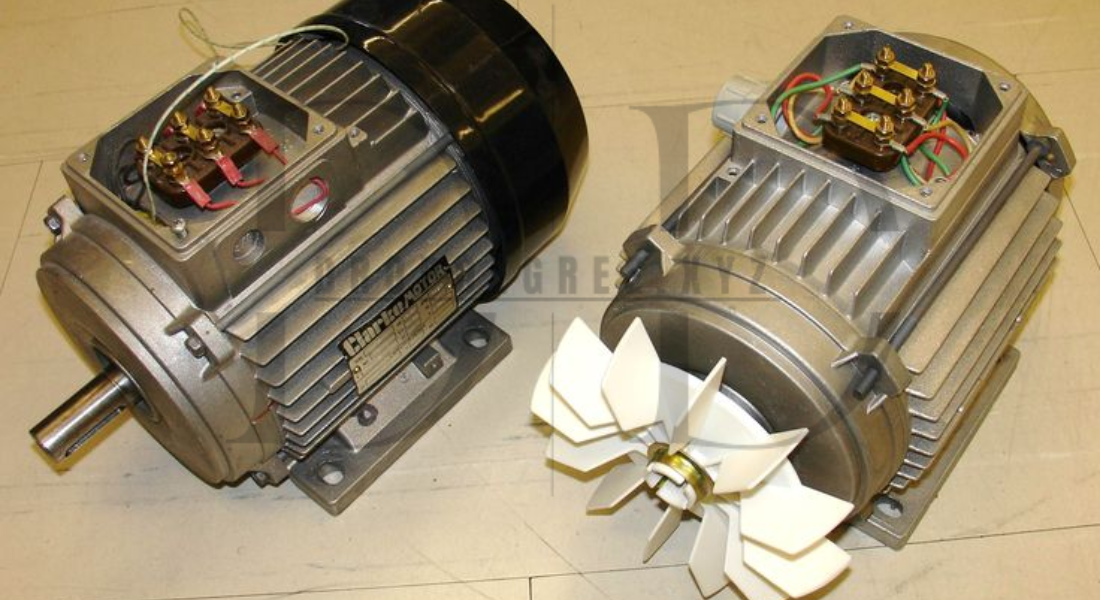Electric motors are integral components of countless devices, powering everything from household appliances to industrial machinery. Choosing the right motor often boils down to understanding its specifications, which provide valuable insights into its performance, efficiency, and compatibility with your application. In this guide, we’ll break down the critical aspects of electric motor specifications to help you make informed decisions for your projects.
What Are Electric Motor Specifications?
Electric motor specifications are a detailed set of parameters that define how a motor operates and performs. These parameters are essential for determining whether a motor is suitable for a specific application. Understanding them ensures the motor will function efficiently and reliably under the conditions it is subjected to.
Key specifications include power rating, speed, torque, voltage, current, efficiency, and duty cycle. Each of these factors plays a role in the motor’s overall performance and suitability for different tasks.
Power Rating: Defining Motor Capacity
The power rating, measured in watts (W) or horsepower (HP), indicates the motor’s capacity to perform work. It represents the maximum power the motor can deliver continuously without overheating or degrading its lifespan. For instance, a motor rated at 1 HP can perform work equivalent to 746 watts.
Selecting a motor with the appropriate power rating is critical. Underrated motors may overheat or fail prematurely, while overrated motors may consume unnecessary energy, reducing overall system efficiency.
Speed: Rotations Per Minute (RPM)
Motor speed is expressed in revolutions per minute (RPM) and defines how fast the motor’s shaft rotates. This specification is closely linked to the motor’s type and application. High-speed motors are ideal for applications requiring quick operation, such as fans and pumps, while low-speed motors suit tasks that demand high torque, like conveyor belts.
The speed of an electric motor can also vary depending on its load. Motors with variable-speed capabilities provide greater flexibility, making them suitable for dynamic applications.
Torque: The Force of Rotation
Torque, measured in Newton-meters (Nm) or pound-feet (lb-ft), is the rotational force generated by the motor. It determines the motor’s ability to perform tasks requiring heavy lifting or high resistance. Applications like elevators, cranes, and industrial mixers demand motors with high torque output.
When reviewing electric motor specifications, ensure that the torque aligns with the operational requirements of your system. Both peak and continuous torque ratings are essential for optimal performance.
Voltage and Current Requirements
Voltage and current specifications are crucial for determining how the motor will connect to the power source. The voltage indicates the electrical potential needed for the motor to operate, while the current reflects the flow of electricity through the motor.
Motors are generally classified as low-voltage or high-voltage, depending on their design. Matching the motor’s voltage rating with the available power supply prevents operational inefficiencies and equipment damage. Additionally, monitoring the current draw is vital to avoid overloading the motor or the electrical circuit.
Efficiency: Maximizing Energy Usage
Motor efficiency is a measure of how effectively it converts electrical energy into mechanical energy. Expressed as a percentage, higher efficiency ratings indicate less energy wastage. Modern electric motors often feature efficiencies above 90%, making them highly cost-effective over their lifespan.
Efficiency is particularly important in applications where motors run continuously. Investing in high-efficiency motors reduces energy costs and minimizes environmental impact, aligning with sustainability goals.
Duty Cycle: Operating Time and Rest Periods
The duty cycle defines how long a motor can operate continuously before requiring a rest period. It is typically expressed as a percentage or in terms of time. For example, a motor with a duty cycle of S1 is designed for continuous operation, while an S2 motor might operate for 30 minutes before cooling is necessary.
Understanding the duty cycle is essential for applications involving intermittent operation, such as industrial tools or automated systems. Overlooking this specification can lead to overheating and premature failure.
Enclosure Types: Protecting the Motor
Electric motor specifications often include details about the motor’s enclosure type, which determines its level of protection against environmental factors like dust, moisture, and heat. Common enclosure types include:
- Open Drip-Proof (ODP): Suitable for indoor use with minimal exposure to contaminants.
- Totally Enclosed Fan-Cooled (TEFC): Designed for harsher environments, providing superior protection against dust and moisture.
- Explosion-Proof (XP): Ideal for hazardous locations where flammable gases or dust are present.
Choosing the correct enclosure type ensures the motor’s longevity and safe operation in specific environments.
Insulation Class: Thermal Protection
The insulation class indicates the motor’s ability to withstand heat generated during operation. Classes range from A to H, with higher classes offering better heat resistance. For instance, Class B insulation can tolerate temperatures up to 130°C, while Class H can withstand up to 180°C.
Selecting a motor with the appropriate insulation class is critical in high-temperature environments or applications with continuous heavy loads.
Special Features and Customizations
Modern electric motors often come with additional features to enhance performance or adapt to specific requirements. These may include:
- Variable Frequency Drives (VFD): Allowing precise control of motor speed and torque.
- Brake Systems: Ensuring rapid stopping for safety-critical applications.
- Sensors: Monitoring temperature, vibration, or performance metrics for predictive maintenance.
Understanding these optional features helps tailor the motor to your exact needs, improving efficiency and functionality.

How to Select the Right Motor
Choosing the right electric motor involves evaluating the specifications against your application’s requirements. Start by identifying the power, speed, and torque demands. Then, consider environmental factors, such as temperature and exposure to dust or moisture, to determine the appropriate enclosure type and insulation class.
Evaluate the available power supply to ensure voltage and current compatibility. If your application requires variable operation, opt for a motor with adjustable speed settings or a VFD. Additionally, prioritize high-efficiency motors for long-term energy savings.
Common Applications of Electric Motors
Electric motors are used across diverse industries, including:
- Manufacturing: Powering conveyor belts, robotic arms, and assembly line equipment.
- Transportation: Driving electric vehicles and locomotives.
- HVAC Systems: Operating fans, blowers, and compressors.
- Home Appliances: Found in washing machines, refrigerators, and air conditioners.
Each application demands specific motor specifications to ensure optimal performance and reliability.
Maintenance and Troubleshooting
Regular maintenance is essential to keep electric motors running efficiently. Key maintenance tasks include:
- Cleaning: Removing dust and debris from the motor housing.
- Lubrication: Ensuring smooth operation of moving parts.
- Inspection: Checking for signs of wear, overheating, or unusual vibrations.
If a motor fails to perform as expected, review its specifications to ensure proper alignment with the application. Issues such as overloading or incompatible power supply often stem from mismatched specifications.
Conclusion
Understanding electric motor specifications is fundamental for selecting the right motor and ensuring its efficient operation. By analyzing key parameters such as power rating, speed, torque, and efficiency, you can make informed decisions tailored to your application’s needs.
Whether you’re designing a new system or upgrading existing equipment, prioritizing the correct motor specifications saves time, energy, and costs in the long run. With this comprehensive knowledge, you’re better equipped to navigate the world of electric motors and optimize their performance in any setting.
